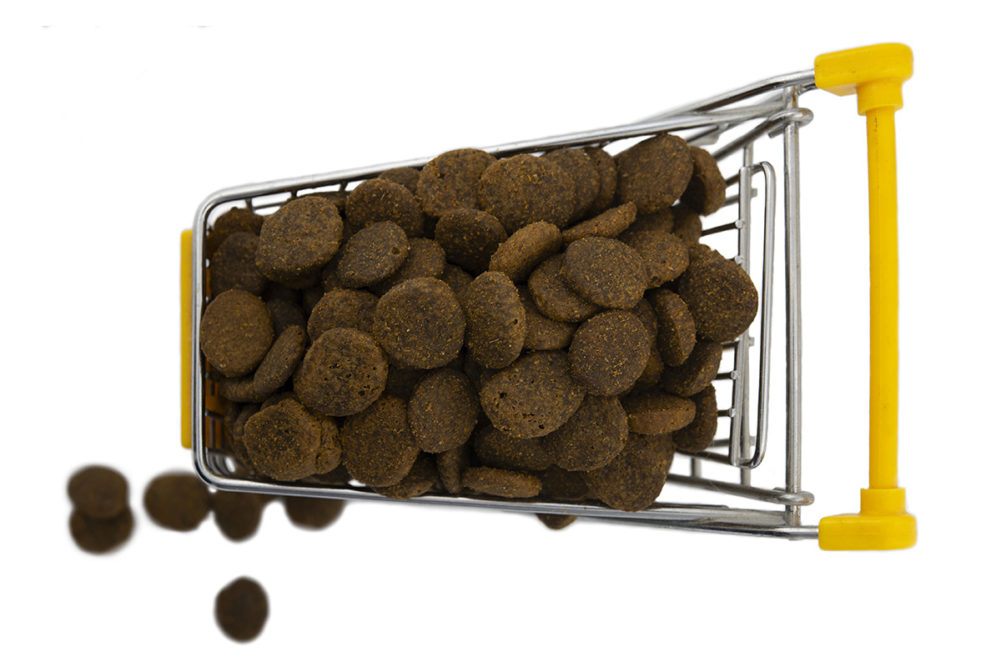CHICAGO — Consumers are optimistic about their personal finances over the next six months, according to the IRI Consumer Connect™ survey fielded in the second quarter of 2021. Pet spending has held strong regardless of pandemic-era impacts, so it comes as no surprise that this category has seen decent sales growth since this time last year.
According to market research firm IRI, pet products is currently among the top 10 best-selling consumer packaged goods (CPG) categories. This category includes pet food, treat and supplies. Dollar sales for these products have grown more than 7% from year-ago sales, amounting to roughly $40 billion in sales over the last year, according to the firm.
Part of this increase is attributable to e-commerce. While pet product sales may not have been significantly impacted by the COVID-19 pandemic, the retail environment for these products — like many other CPG categories — certainly was. IRI reported the surge in e-commerce seen last year is here to stay, and pet owners may now be more comfortable with shopping online.
"With an uptick in e-commerce sales, there is an increased opportunity for CPG retailers and manufacturers to promote health, nutrition and pet products to pet parents,” said Joan Driggs, vice president of content and thought leadership at IRI. “IRI anticipates younger consumers will buy even more pet products in the coming year. Now is the time to build relationships with them and strengthen brand loyalty."
According to the IRI survey, 31% of online pet product shoppers report visiting fewer brick-and-mortar stores. Online ordering and in-store pickup services seem to be preferred by younger pet owners, such as Generation Z and Millennial pet parents.
Regardless of the channel, pet product sales are up from year-ago numbers despite the apparent resurgence of COVID-19 variants in the United States and the uncertain economic implications that will bring.
In the second quarter of 2021, IRI reported 32% of respondents purchased more treats for their furry companions compared to the first quarter, and 17% spent more on pet supply products not including food or treats. Among these respondents, Gen Z and Millennial pet owners spent the most during the pandemic compared to other cohorts, along with wealthier households in general.
Additionally, the survey revealed Gen Z and Millennial pet owners largely prefer to purchase pet products through pet specialty and mass merchandise stores, while older generations of pet owners tend to shop at grocery and convenient stores.
Overall, more than 50% of respondents said they consider the health and nutritional implications of a product before making a purchase, while 46% said they prioritize their pets’ flavor preferences, and 42% are shopping primarily with price point in mind.
Brand loyalty is also prominent in this category, IRI reported, and transcends pet owners’ income groups and generational cohorts. According to IRI, national brands outpaced private label brands in terms of dollar sales by more than 3% over the last year. To stay competitive, private label brands have collectively dropped their prices more than 6% per unit over the same period.
The IRI Consumers Connect survey is conducted at the end of each calendar quarter. It asks consumers about their purchasing behaviors and sentiments.
Keep up with the latest pet food trends on our Trends page.




